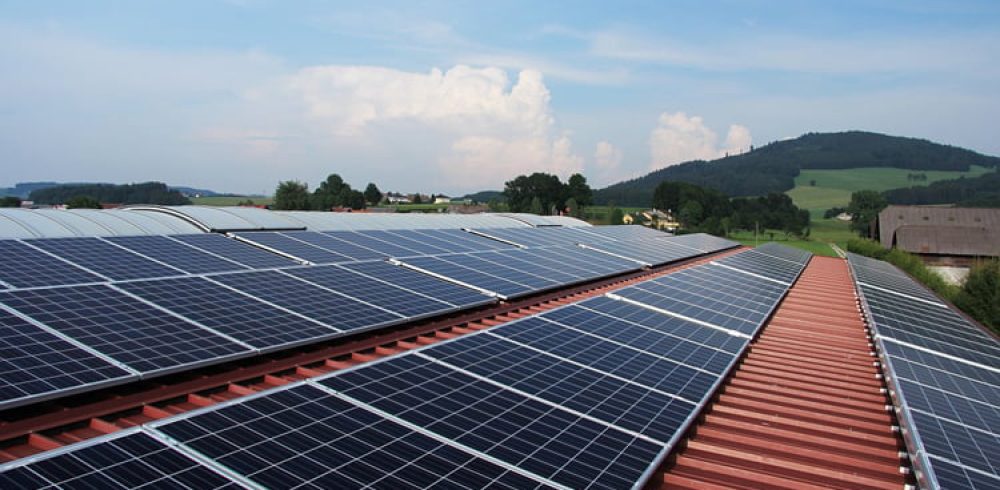UK cuts solar subsidies days after Paris : Subsidies for small scale domestic solar panel installations in the UK will be cut by 64 per cent, the UK government has announced days after joining the global pledge to reverse climate change.
Although the cuts are smaller than those proposed earlier this year, the country’s solar industry said they can have a wide reaching effect on the sector by scaring off investors, slowing down uptake of the technology and potentially leading to thousands of job losses.
It’s not what we needed, but it’s better than the original proposals, and we will continue to push for a better deal for what will inevitably be a more consolidated industry with fewer companies, said Paul Barwell, chief executive of the Solar Trade Association.
Homes selling their solar power to the grid will newly receive only 4.39p per kilowatt hour of renewable electricity generated, down 64 per cent on the previously paid 12p. However, original proposals expected the subsidy to be by further 1.63p lower.
On Thursday, the government also announced the Feed-in-Tariff (FiT) scheme, originally introduced in 2010, to be capped at a maximum £100m a year for new installations from February next year to April 2019.
The government also confirmed it would close the so-called Renewable Obligation two years earlier than planned to new solar PV capacity of 5 megawatts and below from next April.
It said it would introduce a âgrace periodâ for those developers who made financial commitments on or before 22 July this year and those who experience delays beyond their control in connecting to the electricity grid.
“We have to get the balance right and I am clear that subsidies should be temporary, not part of a permanent business model, said Energy and Climate Secretary Amber Rudd.
When the cost of technologies come down, so should the consumer-funded support.”
The UK government has been planning cuts to renewable subsidies since it came to power in May, claiming the cuts were necessary to prevent rising consumer energy bills.
Figures published by the Department of Energy and Climate Change (DECC) showed the cost of the subsidies could reach £9.1bn a year by the 2020/21 tax year compared with a proposed budget of £7.6bn.
The highest subsidies for solar under the new rates will be for schemes of the kind of size schools would have or small commercial arrays, but even this has seen a significant cut in payments.
The Government said the new tariffs would give a rate of return of almost 5 per cent for solar power, almost 6 per cent for small-scale wind power schemes and more than 9 per cent for small hydropower projects.
The announcement was criticised as it came only days after the UK committed to the new international agreement negotiated during the UN Climate Change Conference in Paris, which aims to limit global temperature rises to less than 2°C.
Environmentalists pointed out that while the overall budget for small-scale wind, solar, hydro and anaerobic digestion projects under the feed-in tariff programme was set at £100m until 2018, the budget for polluting diesel generation in the latest capacity market scheme is £175m. The capacity scheme pays power plants to be on stand-by to start generating if needed to ensure the lights stay on.
Manufacturing & Engineering Magazine | The Home of Manufacturing Industry News













